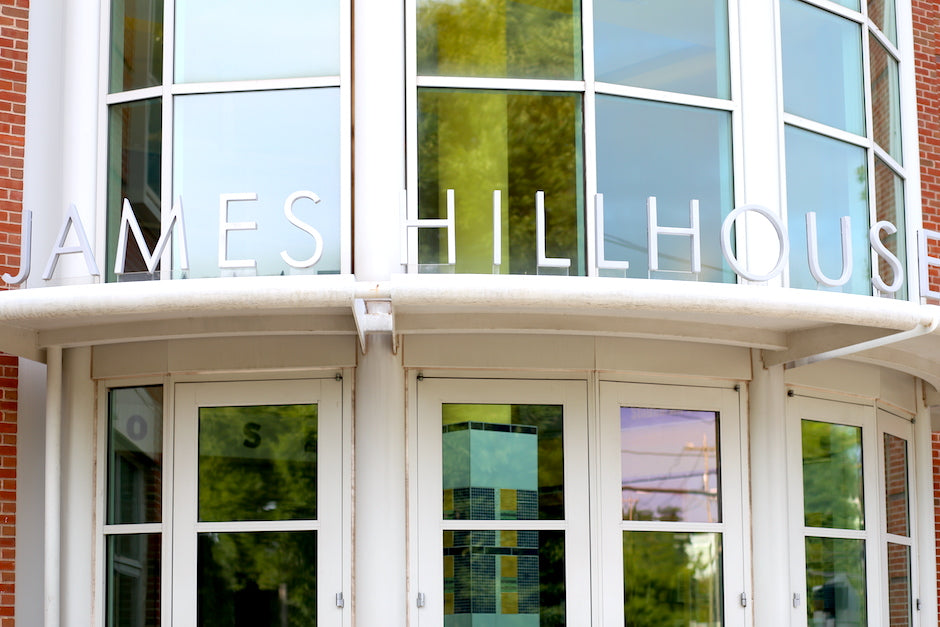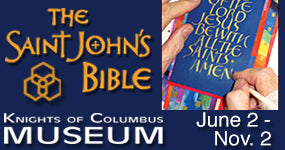“Jemmy,” we hardly know ye.
Though he’s one of New Haven history’s most illustrious citizens, James Hillhouse (Oct. 20, 1754 – Dec. 29, 1832) is a bit of a mystery. He left behind little or nothing in the way of published diaries or professional papers. Scattered letters and documents are contained in a number of historical collections, particularly the manuscripts and archives section of Yale’s Sterling Memorial Library and the New Haven Museum’s Whitney Library. No attempts have been made to write a definitive biography of the man, though Judith Schiff, Sterling’s chief research archivist and New Haven city historian, says that may change once “documents that are still privately held by his descendants become public.”
What we do have is the “Sketch of the Life and Public Services of Hon. James Hillhouse of New Haven,” an unabashed appreciation written in 1860 for the American Journal of Education by Hillhouse’s contemporary and civil rights activist Rev. Leonard Bacon—who, as pastor of New Haven’s First Congregational Church, had also delivered his eulogy. Bacon wrote, “Physically, as well as in his characteristic moral and mental constitution, he was cast in a heroic mold. … Tall, long-limbed, with high cheek-bones, swarthy, lithe in motion, lightness in his step, and strength and freedom in his stride, he seemed a little like some Indian Chief of poetry and romance… so much so that with a kind of affectionate respect he was sometimes called ‘The Sachem.’”
Born in Montville, CT, at age 7 young James was sent to New Haven to live with his childless uncle and aunt, attorney James Abraham Hillhouse and his wife Mary. Schiff notes that that kind of arrangement was not unusual in Colonial-era New England. “Families were like tribes,” she says. “Some parents even exchanged children with cousins or in-laws for a couple of years because they thought they might need a special atmosphere or training.” James, who progressed from Hopkins Grammar School to Yale—where he befriended classmate Nathan Hale—seemed destined to follow his uncle’s career path.
He apprenticed in law after his graduation from Yale in 1773, but Schiff doubts he ever established his own practice. One impediment was the outbreak of the Revolutionary War two years later, during which Hillhouse served as captain of Connecticut’s Second Company of Governor’s Foot Guard, the same position Benedict Arnold had previously held. The following year, he was elected to the Connecticut House of Representatives, and in 1782, was appointed treasurer of Yale—an office he still held at his death 50 years later, making his term of service the longest in the university’s history. These positions set the stage for his major accomplishments at both national and local levels. A member of the state legislature through 1785, he served during the incorporation of New Haven into the newly formed United States of America and the election of the city’s first mayor, Roger Sherman.
Elected to the Second Federal Congress in 1790, Hillhouse served both as U.S. congressman and senator for the following 20 years, distinguishing himself as an anti-Jeffersonian Federalist and leading abolitionist. “Like many Federalists, he wanted democracy, but democracy by the educated,” says Schiff. Federalists feared kings—who represented too much power in the hands of one man—but they also feared giving power to the unwashed masses. In 1808, Hillhouse unsuccessfully proposed seven Constitutional amendments to impose term limits and change the selection process for presidents, senators and representatives. He also introduced an early antislavery bill into Congress, proposing that the Louisiana Purchase be made slave-free. “He managed to get that passed, but it was quickly rescinded,” Schiff says.
sponsored by
As Yale’s treasurer, Hillhouse honed both his business acumen and talent for municipal design. Eager to promote the growth of his alma mater, in 1792 he collaborated with architect and painter John Trumbull in the development of the first college campus “plan” initiated in the United States, Yale’s famed Old Brick Row—a visually striking line of alternating tall and short buildings facing College Street that served as a model for many campuses to come.
Next, he brought about a beautification of the New Haven Green. At the time, the upper green served largely as the burial ground for Center Church. “Cemeteries then were thought of as boneyards; pestilent places to avoid,” says Schiff. Hillhouse’s solution was the development of one of the country’s earliest planned cemeteries, set aside on its own patch of land in 1796, framed with fast-growing poplar, willow and cypress trees and criss-crossed with paths for accessibility. This Grove Street Cemetery, which Hillhouse and a handful of others invested in, offered family plots that local citizens could purchase with the promise of perpetual upkeep, as well as plots for the city to bury “the poor” and “deceased strangers,” according to the cemetery’s website. Ultimately, the green’s ragtag collection of historic gravestones was relocated there too, as was Hillhouse himself upon his death.
Many consider Hillhouse’s signature achievement to be the green’s Temple Street cut-through, lined with rows of transplanted elm trees from his own private property. The ensuing proliferation of these trees throughout 19th-century New Haven prompted its famed nickname, “City of Elms,” and caught author Charles Dickens’s notice during an 1842 visit. He wrote, “Even in the winter time, these groups of well-known trees, clustering among the busy streets and houses of a thriving city, have a very quaint appearance; seeming to bring about a kind of compromise between town and country.” (During a later visit, Dickens is said to have described New Haven’s Hillhouse Avenue, still quite picturesque today, as “the most beautiful” street in America.)
After he finished serving in Congress, Hillhouse remained civically active. In 1810, he was appointed commissioner of the Connecticut School Fund, building its coffers to a total of $1,700,000 over 15 years—money that was used to build the city’s first public high school in 1859, then called New Haven High School, now called James Hillhouse High School. He was also instrumental in the construction of the Farmington Canal.
For all his accomplishments, however, the Rev. Bacon notes that he had one quality the citizens of New Haven admired above all: integrity. Like the trees he loved, Hillhouse was a mix of urban sophistication with down-home forthrightness. Bacon writes that on one occasion, after sitting through a long speech by an aspiring politician, some local farmers made that point clear. “When he had finished, his hearers rose and gave this reply, “You are a larned [sic] man, and you know a great deal more than we do; but we know one thing, and that is that Jemmy Hillhouse is an honester man than you be.”
Written by Patricia Grandjean. Image #1, depicting James Hillhouse circa 1810, courtesy of Colin Caplan. Photos #2-3 by Dan Mims.









